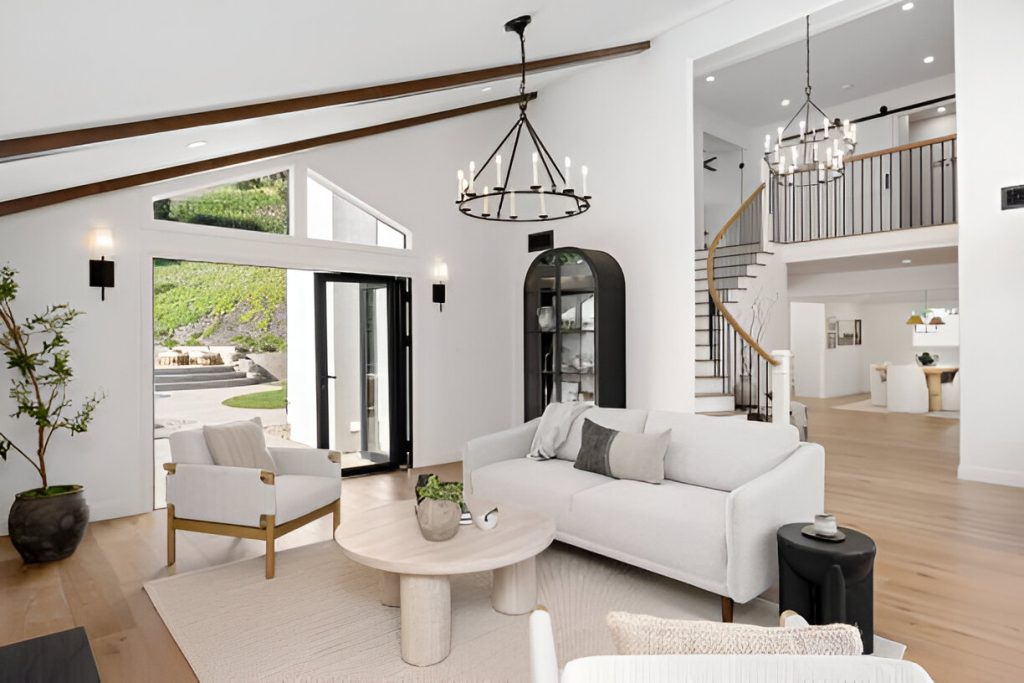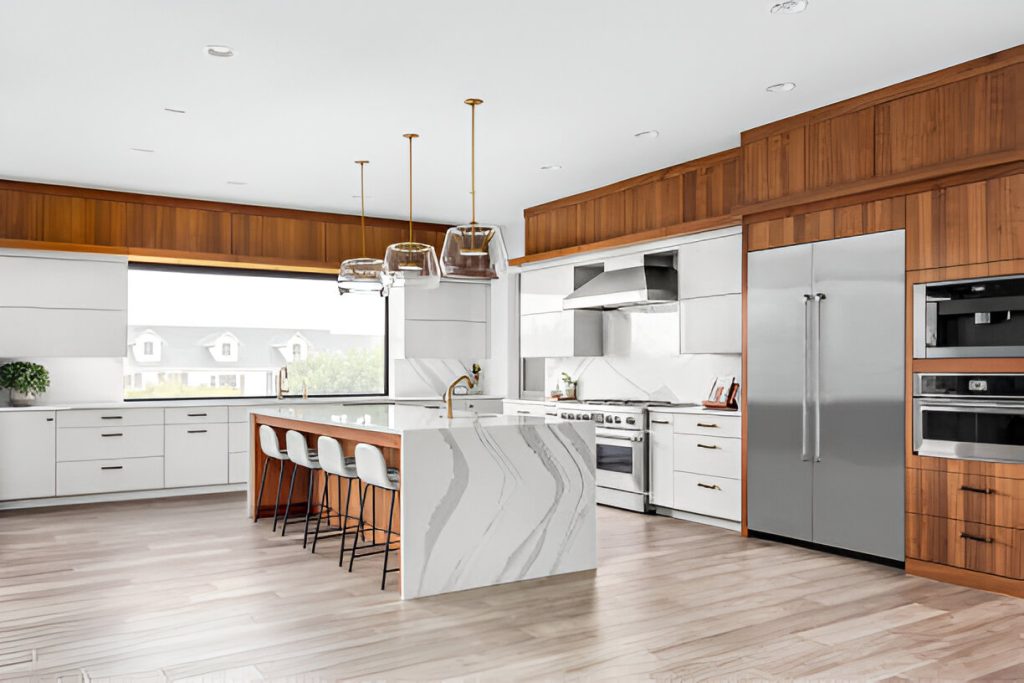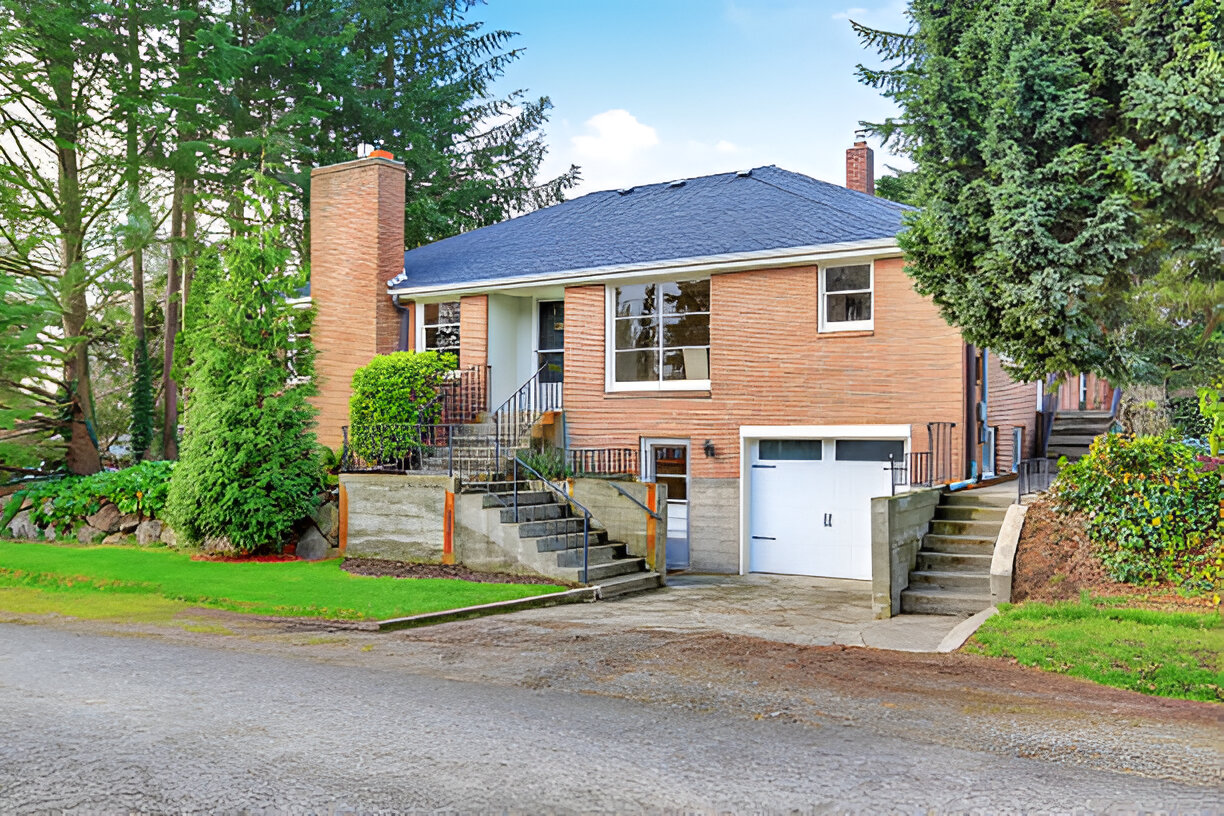Architecture goes beyond the process of building. It’s about creating environments that last over the years, both structurally as well as functionally. The term “long-lasting” architecture is used to describe the process of building structures that are not just sturdy and reusable, but also flexible and satisfying to reuse throughout the generations. In an environment in which sustainability is becoming more crucial the concept of designing strong and flexible structures that endure the test of the test of time is becoming more important. The focus is on longevity, low environmental impact, and the ability of structures to be used for different purposes for a long time.
Why Long-Lasting Architecture Matters
The built environment has an enormous impact on our globe and the construction industry is a major factor in being a major contributor to the depletion of resources, as well as carbon emissions. Based on the Global Alliance for Buildings and Construction buildings account for around 40% of the world’s greenhouse gases. A lot of conventional structures are constructed to have a limited life span in mind. They’re typically being demolished or destroyed within a couple of decades which payoff in huge quantities of trash. Long-lasting architecture is to combat this problem by designing physical structures that can last for a long time.
The long-lasting nature of architecture can be beneficial for many reasons:
- Sustainable Development: Durable buildings reduce the requirement for building new materials and resources, by reducing the amount of construction work and demolition.
- Cost-Efficacy: Over the long period, the structures that are built to last will require fewer repairs as well as less frequent updates and less upkeep.
- Cultural Value Culturally significant or historic structures often recount the tales of the old. The long-lasting structure preserves the past by preserving a sense of the past.
- Reuse Adaptive: Structures designed for reuse could be reused instead of destroyed which makes them more adaptable to evolving needs and applications.
The Principles of Long-Lasting Architecture
A durable design requires the use of durable construction, sensible planning, and flexibility. These principles are the basis of durable architecture:
Durability of Materials
The selection of the materials used plays a major role in the durability of any construction. Traditional materials such as brick, stone, and concrete have been utilized throughout history due to their toughness and durability. Modern materials like engineered wood or steel may also be employed to build long-lasting structures if they are combined with appropriate techniques of design and construction.
Today, the emphasis does not just revolve around durability, but also sustainability. Utilizing environmentally-friendly products, like recycled steel, concrete with low carbon, and reclaimed wood aids in reducing the environmental impact of buildings while making sure it’s durable.

Timeless Design
Though trends in architecture are often changing and last for a long time, buildings that are durable are generally constructed with a timeless design. That doesn’t mean it is boring or old-fashioned however, it doesn’t include trendy elements which may appear outdated within a short time. Modern designs usually have clean lines, straightforward forms, and well-balanced proportions. These create structures that look at ease and contemporary while changing architectural styles.
Structural Resilience
The structures are always exposed to forces from the environment like rain, wind, or snow. They can also be subject to floods and earthquakes in some zones. One of the most important aspects of durable architectural design solutions is making sure that the structure can stand up to these elements. Architectural and engineering professionals employ techniques such as earthquake-proof foundations, appropriate drainage methods for water, and weather-resistant cladding, to ensure that buildings can withstand severe climate conditions and natural disasters.
Adaptability and Flexibility
The concept of long-lasting architecture goes beyond the creation of buildings that will last in physical terms, but creating spaces that are able to change over time. The concept of “adaptive reuse” is central to this ethos. The concept of adaptive reuse is to design the structure in a manner that it can be easily adapted to future functions, instead of being demolished once its initial purpose becomes outdated.
A commercial space could be turned to create residential units or an industrial facility might be turned into offices. Planning with flexibility in mind is creating spacious floor plans, and the ability to move walls, or parts that can be reconfigured to adapt to changing needs.
Low Maintenance
The design of buildings that will require minimum maintenance over time is essential for the long-term sustainability of your building. This means surfaces and materials that are simple to wash as well as repair or change. In other words, together non-toxic, durable coatings and finishes that can stand up to wear and tear, ensure that buildings remain in good shape without any intervention. Intelligent building technology can lead the recipe to monitor plumbing systems and HVAC so that they can reduce the possibility of expensive repair costs.
Examples of Long-Lasting Architecture
In the past, many structures were built to last for hundreds of years, and contemporary architects are gaining knowledge from the past to implement similar concepts to the present.

The Parthenon, Athens
It was built in the year 438 BCE The Parthenon is among the world’s most ancient and well-known constructions. The limestone foundation and the marble construction have allowed it to endure hundreds of years of weathering, earthquakes as well as wars. Though it’s suffered damage over the years however its continued existence is proof of the strength of architecture from ancient times.
The Reichstag Building, Berlin
The Reichstag located in Berlin which was first constructed in 1894 was severely damaged in World War II but later rebuilt in the 90s. Modern renovations made use of steel and glass changing it into a sustainable structure with green characteristics. It’s a symbol of German durability and reusability by blending old and contemporary architectural styles.
Tate Modern, London
An old power plant that was once a power station, it is now the Tate Modern in London is the perfect illustration an adaptive reuse. It was designed by the architects Herzog & de Meuron, it was turned into a gallery of art without significant structural modifications, and it has preserved most of its original design and revived it as a museum.
The Future of Long-Lasting Architecture
With environmental issues growing and the need for structures durable suitable to last for years and be reused rise. The future of architecture will be focused on decreasing the footprint of environmental impact through a focus on sustainability, durability and flexibility. Engineers and designers must come up with innovative technology and materials to build structures that can stand up to extreme environmental conditions while staying functional and applicable to the next generation.
Architecture that lasts is not only concerned with preserving the past instead, it is about preparing to the next century. In creating structures that can last physically and change with society demands, architects will loated tea recipe create an environmentally sustainable and durable the world.

